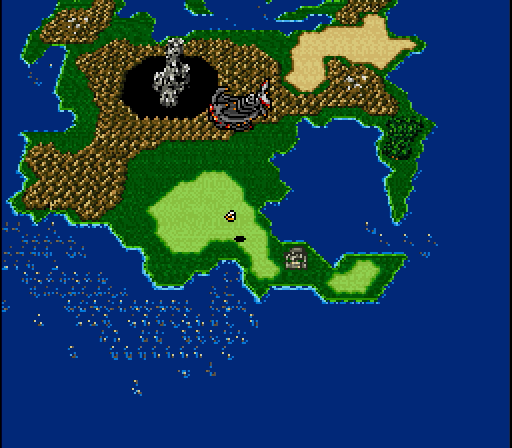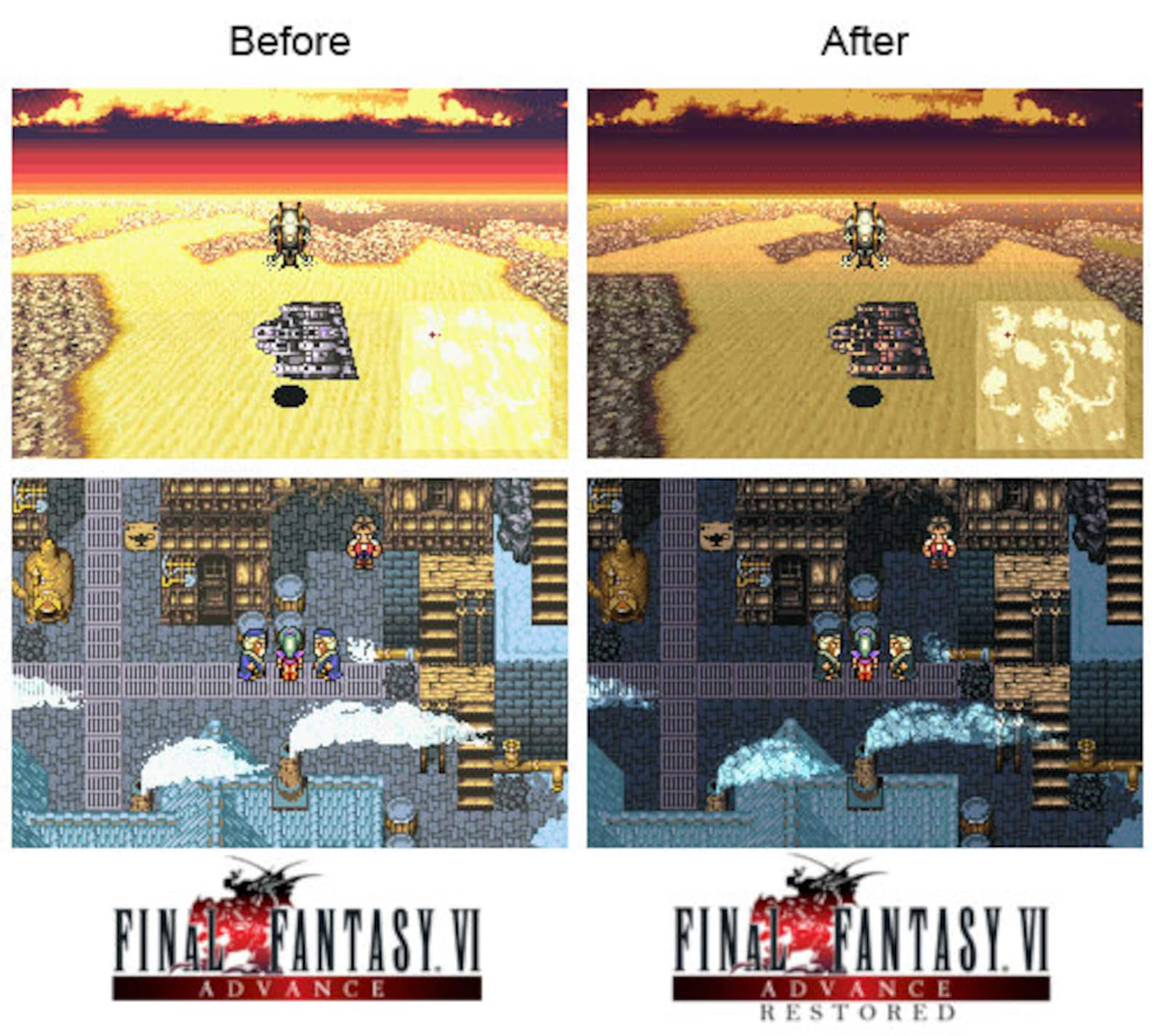

“ Well, what about the Sega CD? You can get a Sega CD and a Genesis for Christmas.” Howard Lincoln, speaking in a Comic-Con 2014 panel promoting the book “The Chase” We were already beating them in sales but now we had to put the nail in the coffin.” I knew the Sega CD was coming down to $150, I knew it was at that $250 price point and I didn't want them to get their foot in the door at all, so that was the other big reason for the price cut was to cut off any chance of the Sega CD getting a leg up on us that year. Secondly, at that point, Sega was reeling, and an animal is most dangerous when it's wounded. At $250 though, I knew that would be the magic number for people to start buying it. That $350 price point, $300 with occasional sales and promotions but essentially $350, was a tall order even if we had the games to back it up. Our goal was 50 percent, I was hoping for 60, but I would've been happy with 40. And with some of our best games coming out for it, we had to get that number up. At that time, only about, maybe 15 percent of SNES buyers had the SNES-CD. One, and this was an increasingly pressing issue with all the developmental effort we were putting into the SNES-CD and its games: we had to get it into more households. “ The reasons for the big 1993 price cut were two-fold. Ken Kutaragi, speaking about the 1993 SNES-CD price cut in a January 2005 Electronic Gaming Monthly interview And Nintendo agreed to give us a few percent more of a cut on third-party game sales and that helped convince the brass at Sony to let them cut the price!” That was the reason we were able to do the price cut, because of that extra money we'd gotten. I was in favor of it because I knew we could sell more CDs and more games, and we were making lots of money on the games, especially on Mortal Kombat and later on Secret of Mana. When Nintendo asked if we could get the price down, I remember that we were going to lose money on each CD add-on we sold, so there was some internal friction when it came to that. “ That big price cut for the US in the holiday season of 1993, I remember that being an issue of contention at first. Akihiko Matsui, Squaresoft video game developer, translated from a March 2003 Famitsu interview

The ones that were programmed well, anyway.” There were obviously still loading issues with some games but for things like entering a menu, or entering a building, those load times were cut down to a bare minimum or eliminated entirely for most games. cartridge that Sony and Nintendo came up with to use really mitigated a lot of those issues. I get a lot of people asking, was it hard to program for? And there were certainly things that were challenging, but in actuality the H.A.N.D.S. It let us do some neat things later on, like dynamic soundtracks, and the CD system had a more advanced soundchip than the Super Famicom itself, so the music quality, a lot of times you couldn't tell unless you listened really hard that it wasn't coming from the CD. We could have, if we'd done multiple discs, but we didn't start doing that until a little while into the system's lifespan, so we had to make do with only having, maybe half of the soundtrack, the best songs, on the CD and then using the soundchip for the others. A lot of the games that used CD-based audio, we couldn't put the whole soundtrack on the CD for some of the games, especially some of the big ones like Secret of Mana or Final Fantasy VI. “ What a lot of people don't know is that we needed to use a lot of tricks to get the Super Famicom CD to do exactly what we wanted a lot of the time.


 0 kommentar(er)
0 kommentar(er)
